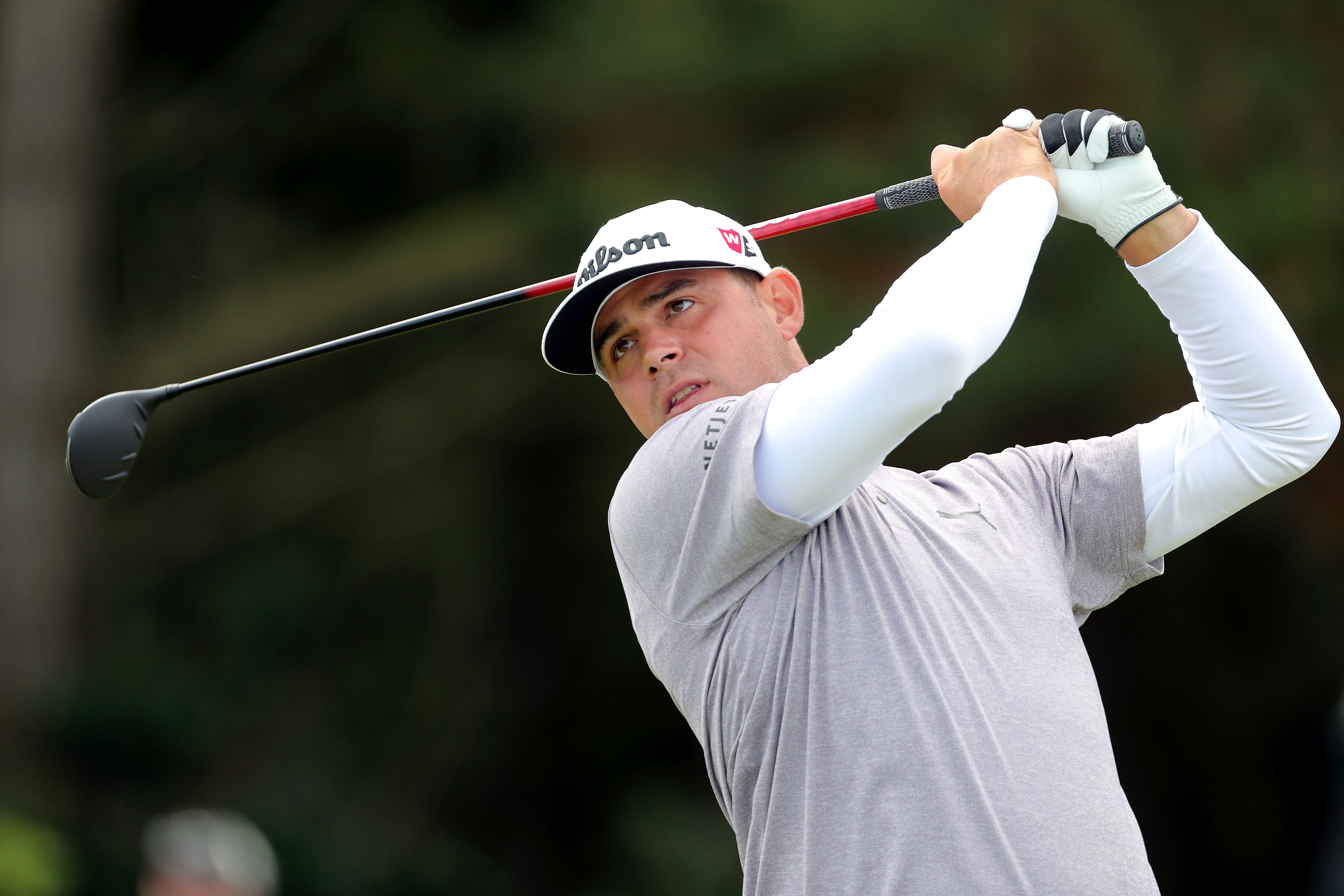Ex-major champion Gary Woodland ready to ‘jump start’ career after brain surgery
The 39-year-old, who was diagnosed with the lesion in May, will make his first start since August in this week’s Sony Open in Hawaii.

Your support helps us to tell the story
From reproductive rights to climate change to Big Tech, The Independent is on the ground when the story is developing. Whether it's investigating the financials of Elon Musk's pro-Trump PAC or producing our latest documentary, 'The A Word', which shines a light on the American women fighting for reproductive rights, we know how important it is to parse out the facts from the messaging.
At such a critical moment in US history, we need reporters on the ground. Your donation allows us to keep sending journalists to speak to both sides of the story.
The Independent is trusted by Americans across the entire political spectrum. And unlike many other quality news outlets, we choose not to lock Americans out of our reporting and analysis with paywalls. We believe quality journalism should be available to everyone, paid for by those who can afford it.
Your support makes all the difference.Former US Open champion Gary Woodland is determined to “jump start” his career as he returns to action following surgery to remove a brain lesion.
Woodland, who won his maiden major title at Pebble Beach in 2019, was diagnosed with the lesion in May last year but kept competing on the PGA Tour before undergoing surgery on September 18.
The 39-year-old will make his first start since August in this week’s Sony Open in Hawaii, where world number eight Matt Fitzpatrick and Open champion Brian Harman head the 144-man field.
“They track it every three months now with an MRI and I had a little tough spell leading up to the MRI a couple weeks ago because I was a little nervous, but everything came back well,” Woodland said in his pre-tournament press conference.
“At the end of the day, I just want to prove you can do hard things. I want to prove to my kids nobody is going to tell you you can’t do anything.
“You can overcome tough, scary decisions in your life. Not everything is easy. This came out of nowhere for me, but I’m not going to let it stop me.
“I don’t want this to be a bump in the road for me. I want it to be a jump start in my career.
“At the end of the day, I’m here because I believe this is what I’ve been born to do, play great golf. I want to do that again. It’s been a while. Been a couple of years.
“Nothing is going to stop me. I believe that. I believe a lot of great things are ahead.”
Woodland revealed he first experienced symptoms shortly after last year’s Masters which included partial seizures in the night and “a lot of fear”.
“The lesion sat on the part of my brain that controls fear and anxiety,” Woodland said.
“The specialist in Kansas City explained everything to a T. He’s like, you’re not going crazy. Everything you’re experiencing is common and normal for where this thing is sitting in your brain.”
Remarkably, Woodland kept competing on the PGA Tour as he tried to treat the symptoms with medication, but struggled with a lack of energy and focus and would even forget which club he was about to hit while standing over the ball.
Another specialist in Miami eventually urged Woodland to undergo surgery to remove the lesion as its location was too risky to attempt a biopsy.
“He didn’t want to go in any more than he had to. So surgery and removal was the next step,” Woodland said.
“They couldn’t get it all out from where it was located (but) it was benign.
“If it was cancerous they would’ve removed it all. It’s up against my optic tract. They removed as much as they could and believe they cut off the blood circulation to what’s left.”